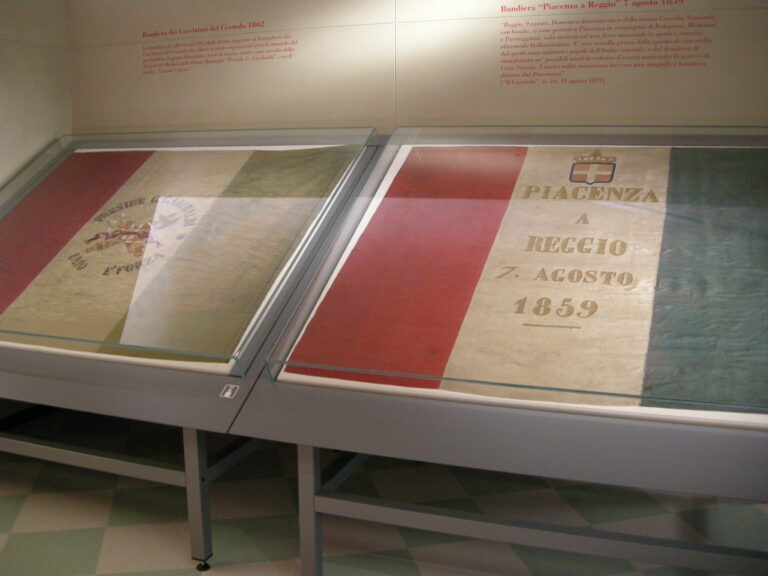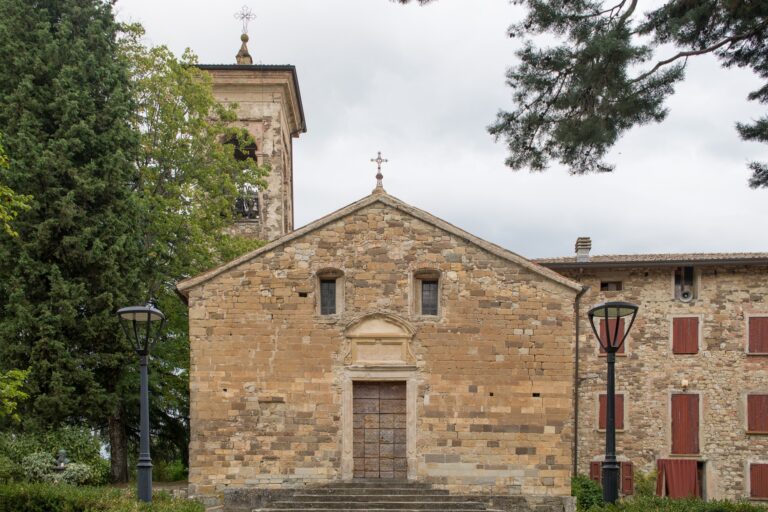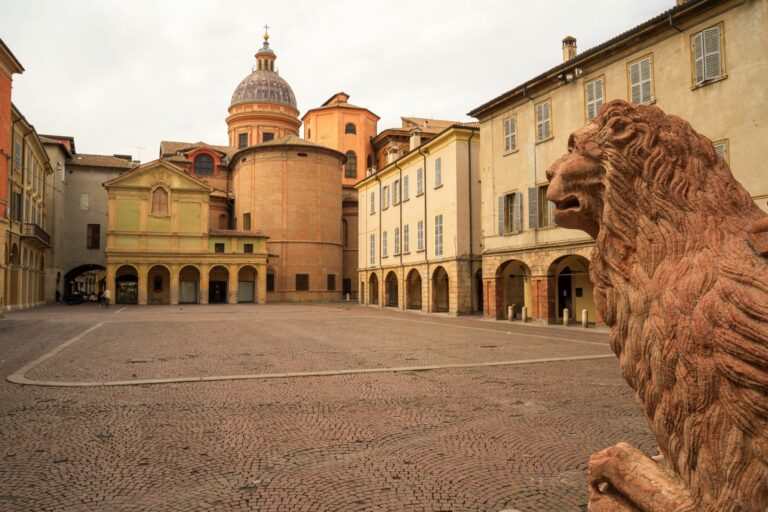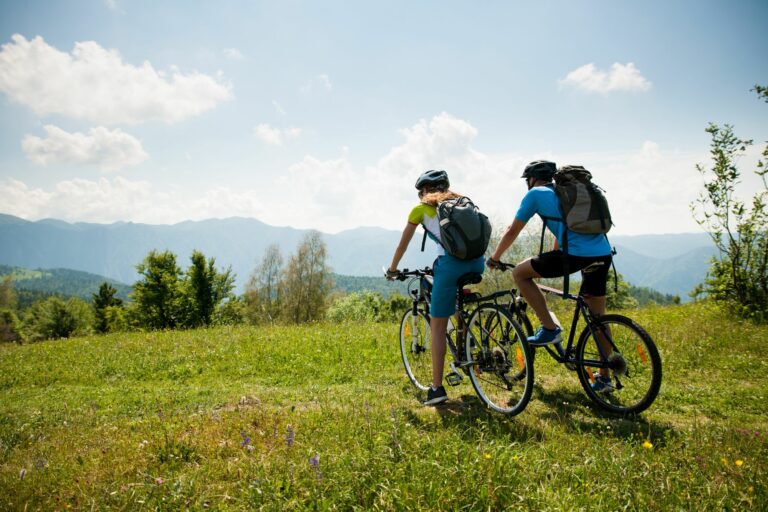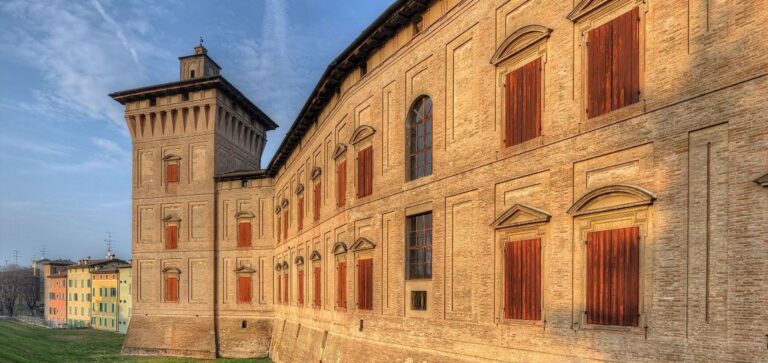The best way to visit Reggio Emilia and understand its history is by walking through its most beautiful and famous squares. So follow us on this itinerary from square to square to discover the main places and monuments of the historic center.
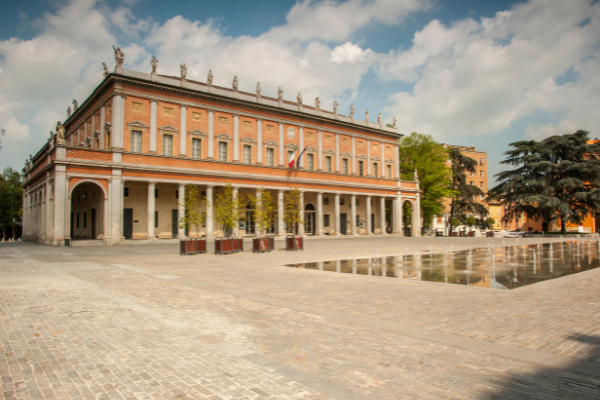
The itinerary starts from Piazza della Vittoria, which together with the adjacent Piazza Martiri del 7 Luglio forms one large area, overlooked by some of the city’s most important buildings and museums. Indeed, it is home to: the Romolo Valli Municipal Theater, which mainly hosts the opera, concert, dance, musical and operetta seasons; the Ariosto Theater, which mainly hosts the prose season; the Palazzo dei Musei, with sections devoted to history, archaeology, nature, art, design and photography; and the Parmeggiani Gallery, which houses an extraordinary collection of furniture, paintings, textiles, weapons and goldsmithing. In addition, the northern side of Victory Square is bordered by the Parco del Popolo, the green heart of Reggio’s historic center.
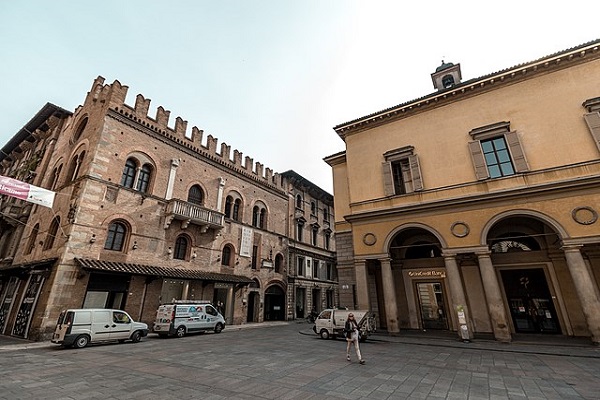
A short walk away is Piazza Cesare Battisti, known to all as Piazza del Monte. As it is located along the Via Emilia, it is a place of frequent passage. The square is surrounded by buildings of considerable historical importance, including the Palazzo del Monte di Pietà, whose primitive core dates back to the 12th century. A true topographical barycenter of the city, it housed the City Hall until the early 15th century. On the north side of the square faces the stately Palazzo Busetti, built between 1657 and 1674 to a design (or inspiration) by Bernini. On the east side, on the other hand, is the Palazzo del Capitano del Popolo, built in 1280 but subject to numerous renovations over the centuries.
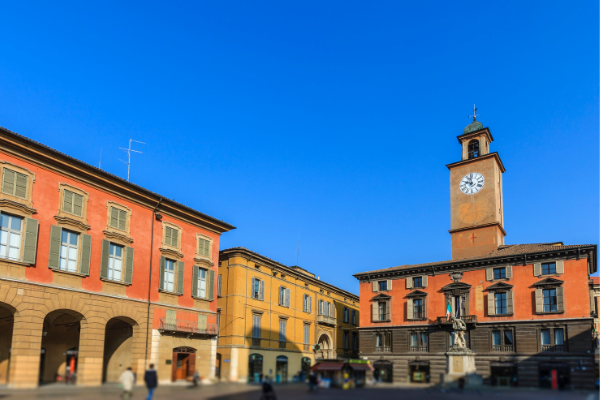
The next stop is nearby Piazza Prampolini, the beating heart of Reggio Emilia. It is also known as Piazza del Duomo because of the presence of the Cathedral of Santa Maria Assunta, built on an ancient Roman construction around 857. Inside it holds a large number of valuable works of art. The square is also overlooked, from left to right: the Baptistery, dating back to the 11th century; the Bishop’s Palace, which houses the Diocesan Museum and the mysterious Coccapani Chapel; the Town Hall, from which you can access the Tricolor Hall; and the Palazzo delle Notarie. At the north end of the square you can admire the statue of the Crostolo, from the Villa Ducale in Rivalta.
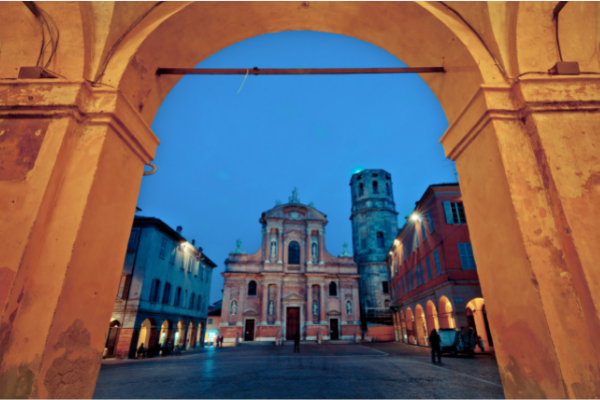
Walking through the charming passageway known as the “sotto Broletto” (under the Broletto), one arrives at Piazza San Prospero, also known as the “little square” compared to the larger Piazza Prampolini. Enclosed by neoclassical wings and porticoes, it is one of the favorite meeting places of the people of Reggio Emilia. It takes its name from the basilica of the same name, dedicated to the city’s patron saint. An extraordinary testament to the Emilian Baroque, the church has a very rich decorative apparatus that culminates in Camillo Procaccini’s superb cycle of frescoes depicting the Last Judgment. On the churchyard of the basilica, which occupies a large part of the square, are six marble statues of lions made by the Reggio Emilia sculptor Gaspare Bigi in the 16th century.
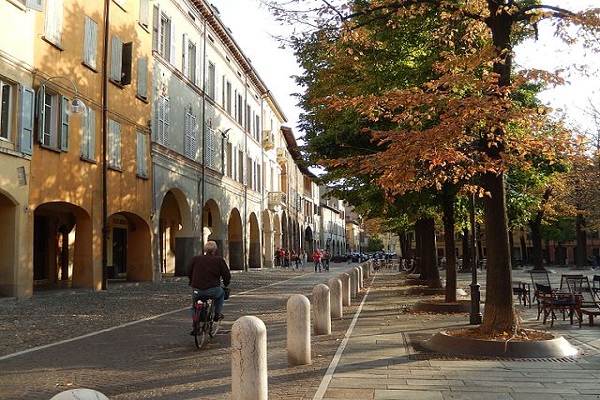
Finally, the last stop on the itinerary is Piazza Antonio Fontanesi, one of the most characteristic squares in Reggio Emilia, enlivened in the evenings by the many bars and restaurants that overlook it. Treed with linden trees and surrounded by porticoes, it was created in the 18th century following the demolition of the block that occupied the area, on which stood the convent and church of Santa Maria Maddalena. In the square, the beautiful loggia of the house of Reggio painter Gaetano Chierici and a painting depicting the Madonna and Child with Saints, dating from the 19th century, are noteworthy. While in the background of Via del Guazzatoio one can see what remains of Porta Castello.
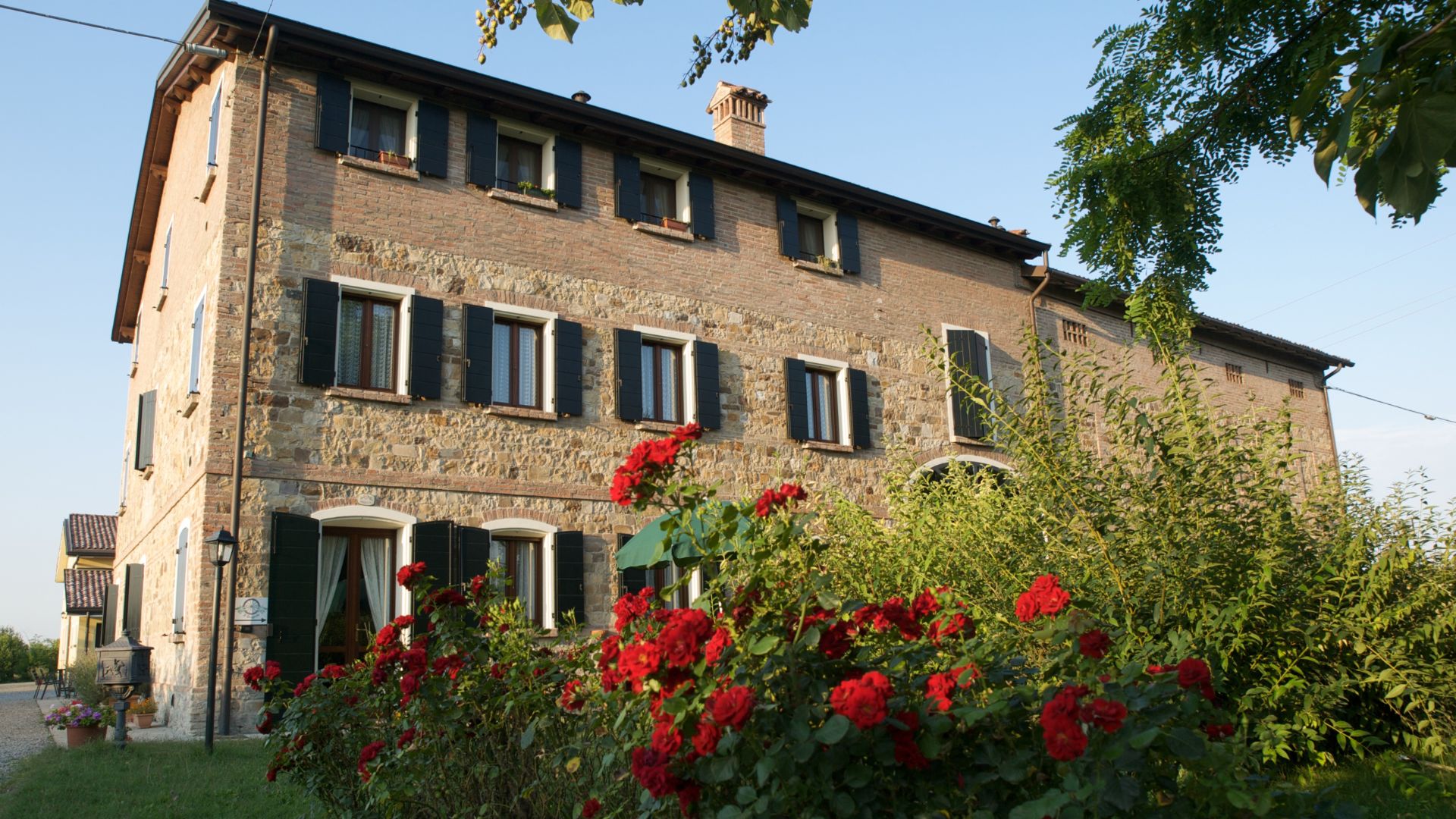
AGRITURISMO IL BRUGNOLO
Welcome to il Brugnolo
If you’re looking for completely independent apartments surrounded by greenery you really are in the right place here!
In fact, Brugnolo is immersed in the green nature of the Emilian countryside. For your relaxation, for that of your children, and again for the runs of your 4-legged friends, you will have 6000 square meters of park at your disposal!

